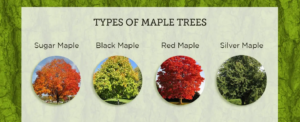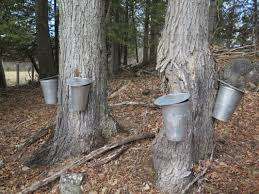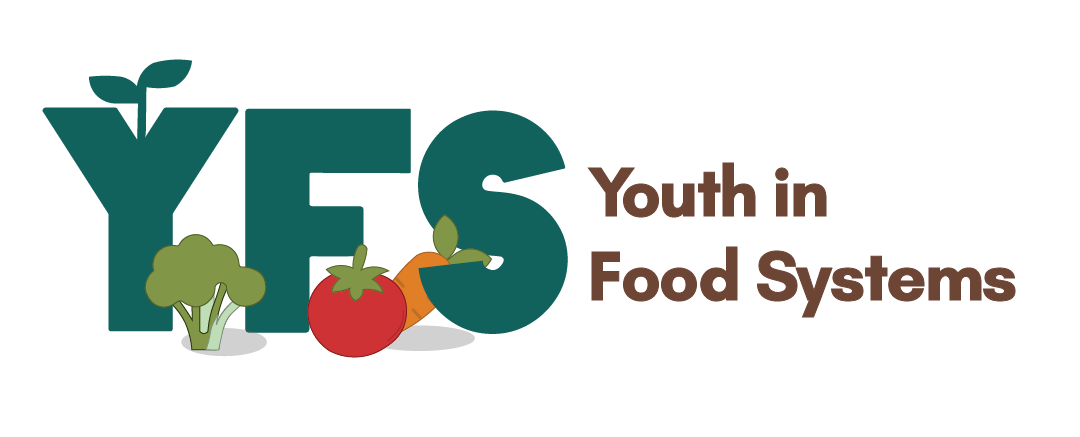Written by: Harnoor Chahal
Edited by: Liam Statham
Designed by: Suhana Shaik
Published by: Andrew Jackson
Canada’s iconic maple syrup is loved by people from all over the world. This sugary syrup is a favourite with pancakes, waffles, and French toast, but where does this delicious treat come from, and how is it made?
More than 70 % of this syrup comes from maple trees in Quebec. There are more than 150 species of maple trees, and although all of these can be used to make maple syrup, only a few selective species are employed in this practice. Sugar maples make up most of the trees used by maple farmers, while red maples are also very common. Silver and Black maple are also used but to a much lesser extent. The sap found in these species contains a high concentration of sugar (1.5-3.5%), allowing more maple syrup to be produced from a small quantity of sap.


Furthermore, climate plays the biggest role in maple syrup production. The process starts in the summer when high levels of photosynthesis lead to lots of sugar in the tree. As the temperature gets colder in autumn and winter, this sugar is stored as starch in the roots. When spring arrives, the sap that has been stored during winter moves freely around the tree, and warmth during the day liquifies the sap, which is then pushed toward the trunk and the branches. After that, the sap can be safely extracted without damaging the tree. This is done by drilling small holes into the tree and inserting tubes to extract the sap, a process called tapping.l Then, the tubes carry the sap out, where it is transferred into large steel tanks for processing in an evaporator, where the excess water is removed from the sap. Eventually, a rich and sweet syrup is formed.
In conclusion, the maple syrup that we love and enjoy is made with a beautiful blend of nature and traditional methods. The careful extraction and the hard work of maple farmers gifts us the maple syrup that we enjoy today with our breakfast and other foods.
Sources

